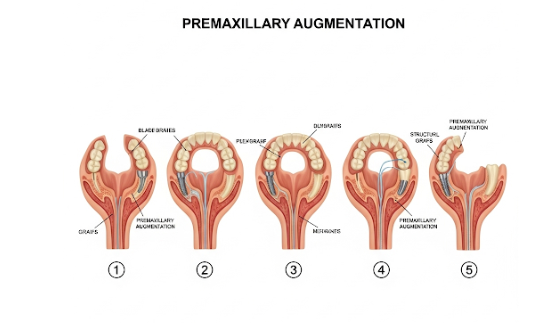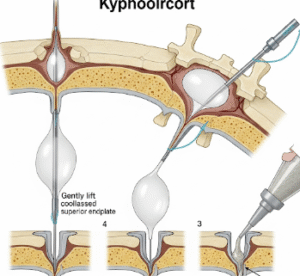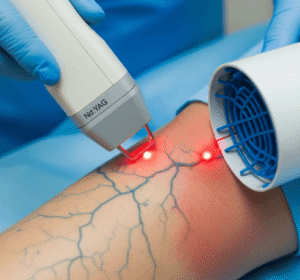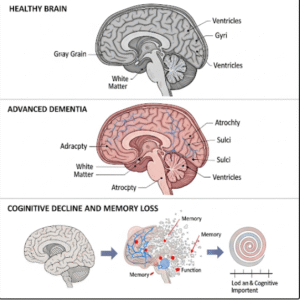What It Is
Premaxillary augmentation is a surgical procedure that enhances the premaxilla, the area at the front of the upper jaw just beneath the nose and around the upper teeth. Underdevelopment of this area can create a flat midface, retruded upper lip, or poor facial balance. Augmentation is performed using implants, bone grafts, or fat/filler injections to improve facial harmony and lip support.
In Korea, this procedure is performed by plastic surgeons and oral and maxillofacial surgeons, often as part of comprehensive facial contouring surgery.
Why It’s Done
Premaxillary augmentation is considered when patients have:
- A flat or recessed midface profile
- Poor upper lip support, making the mouth look sunken
- Facial imbalance between the upper and lower jaw
- Desire for improved facial aesthetics, particularly a softer and more balanced profile
- Structural issues after cleft lip and palate repair
The goal is to create a natural, balanced appearance by enhancing the midface region.
Alternatives
Depending on the degree of deficiency, alternatives may include:
- Dermal fillers (temporary): Hyaluronic acid or calcium hydroxyapatite for subtle volume
- Fat grafting (semi-permanent): Natural tissue transfer from the patient’s own body
- Orthognathic surgery: Jaw repositioning for severe skeletal imbalance
- Rhinoplasty or chin surgery: Sometimes performed in combination to achieve overall harmony
Premaxillary implants or grafts are chosen for patients who need structural, long-lasting correction.
Preparation
Preparation before surgery typically includes:
- Consultation: Facial analysis and treatment planning with a surgeon
- Imaging: 3D scans or X-rays to assess bone structure
- Medical evaluation: Blood tests and anesthesia clearance
- Lifestyle changes: Avoiding smoking and alcohol for several weeks before surgery
- Medication review: Stopping blood thinners or supplements that increase bleeding risk
How It’s Done
The procedure is usually done under general anesthesia or IV sedation and takes 1–2 hours.
- A small incision is made inside the mouth (to avoid visible scars)
- A pocket is created in the premaxillary area
- An implant (silicone, Gore-Tex, or Medpor) or bone graft is inserted and secured
- The incision is closed with dissolvable stitches
For non-surgical augmentation, fat grafting or filler injections may be performed in an outpatient setting.
Recovery
- First week: Swelling, bruising, and mild discomfort are common
- Diet: Soft foods are recommended initially if incisions are inside the mouth
- Return to activities: Most patients resume daily activities within 1 week; swelling may take 2–3 weeks to settle
- Final results: Natural contour and improved facial balance become visible within 1–3 months
Possible Complications
Like any facial surgery, risks include:
- Infection or implant displacement
- Asymmetry or irregular contours
- Prolonged swelling or numbness around the lip and nose
- Implant visibility or extrusion (rare with modern techniques)
- Need for revision surgery in some cases
Treatment Options in Korea
Diagnosis
- 3D imaging and facial photography for precise planning
- Consultations with maxillofacial and plastic surgeons
Medical Treatments
- Temporary dermal fillers or fat grafting for patients who prefer non-surgical options
- Antibiotics and pain management after surgery
Surgical or Advanced Therapies
- Premaxillary implants: Silicone, Medpor, or Gore-Tex for long-term volume
- Bone grafting: Using the patient’s own bone for structural correction
- Combined procedures: Often paired with rhinoplasty, chin augmentation, or orthognathic surgery for full facial balance
Rehabilitation and Support
- Scar-free healing when performed through intraoral incisions
- Scar and swelling management with medications and cold compresses
- International patient services including translation, hospital coordination, and telemedicine follow-up













